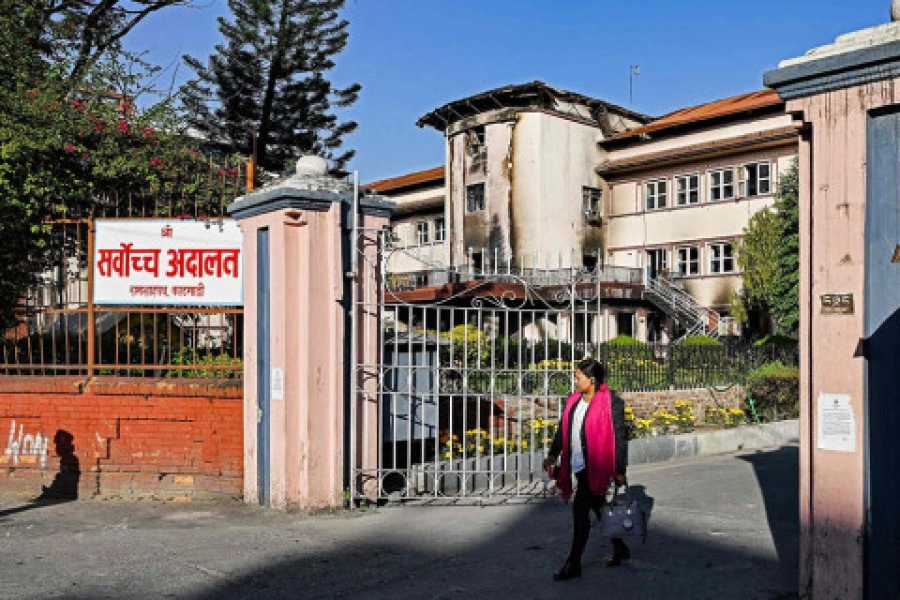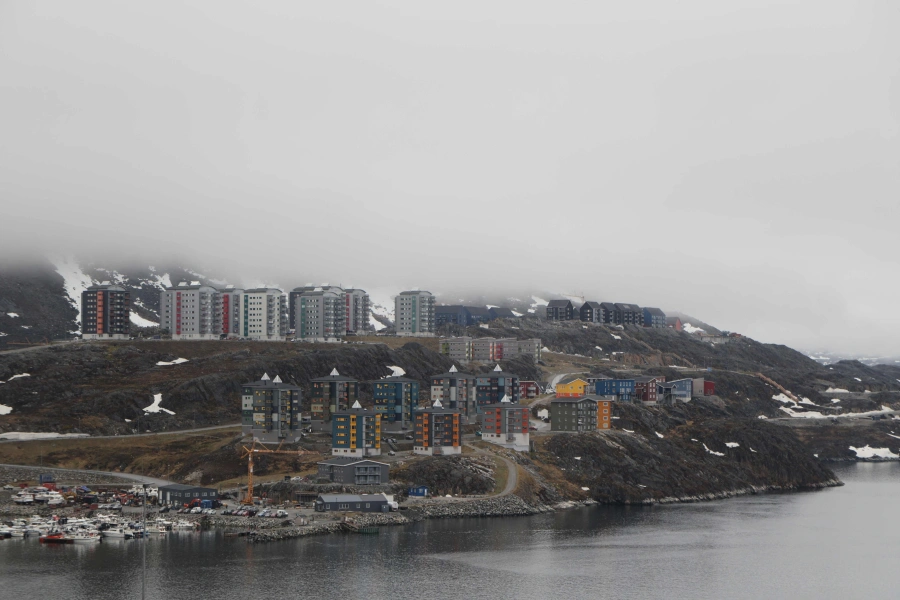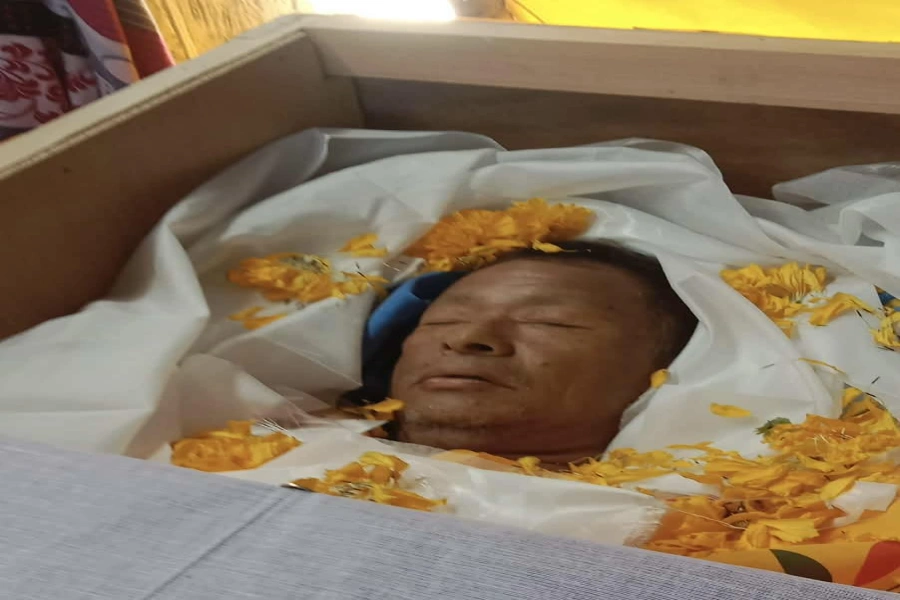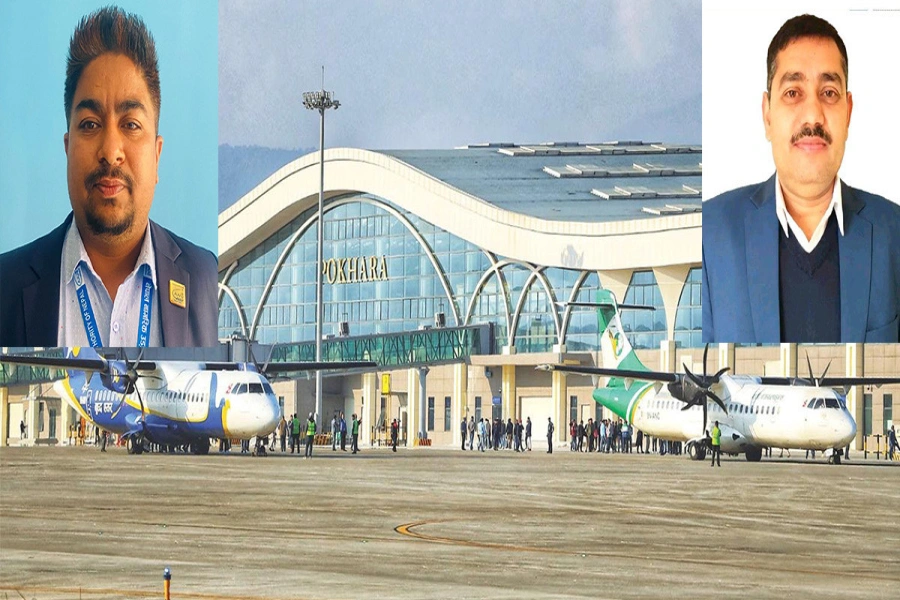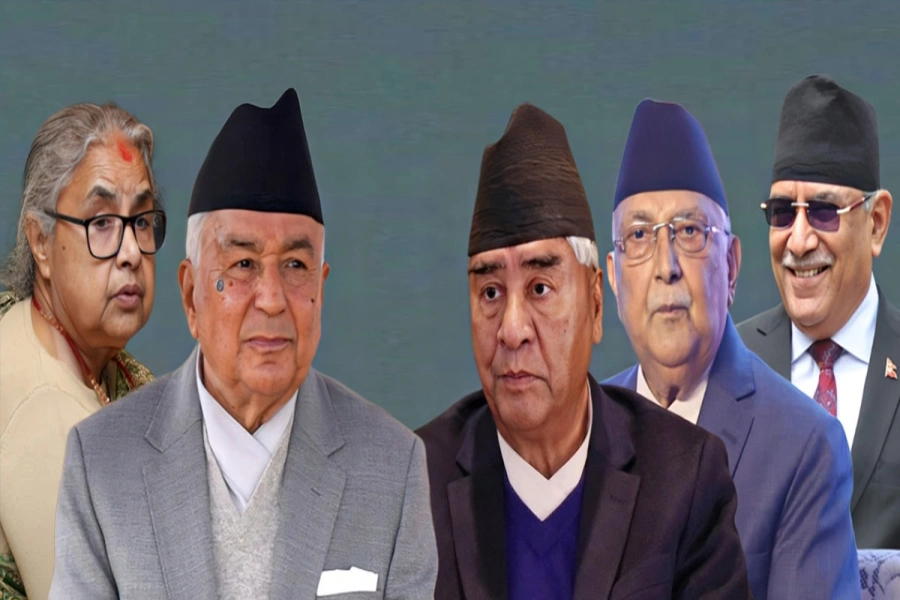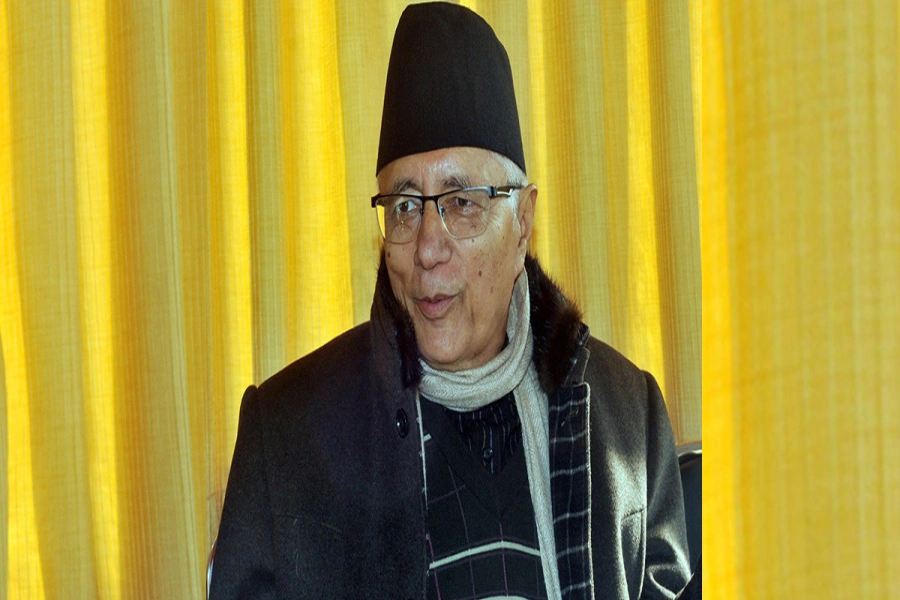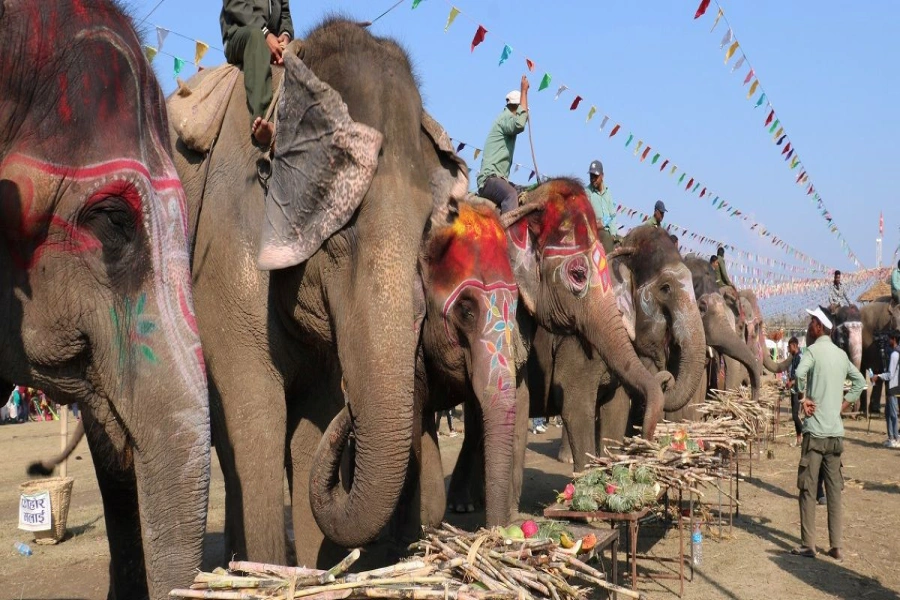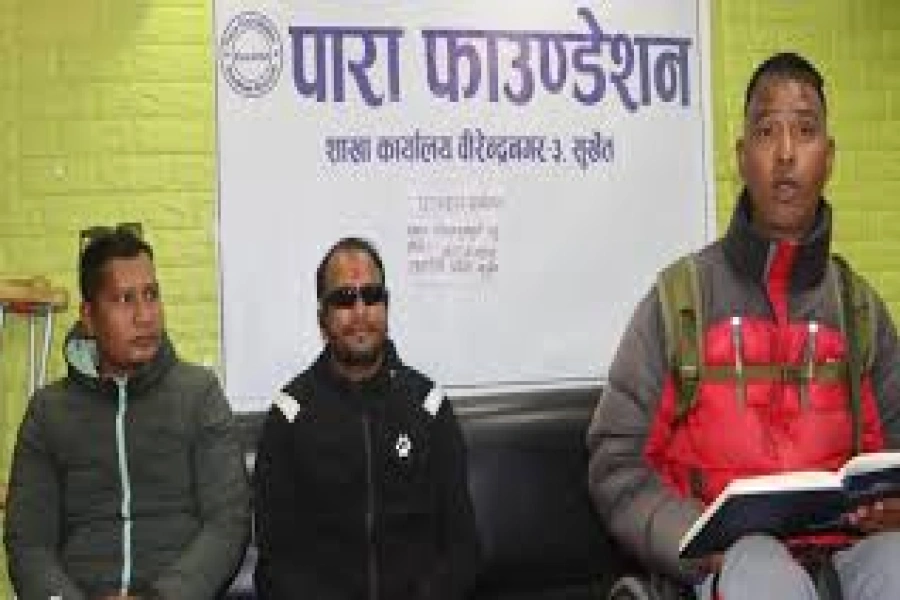Govt faces eviction challenges
KATHMANDU, July 21: A government study has revealed that only 20 percent of the 4,000 families living along the rivers in the Kathmandu Valley are actual squatters (Sukumbasi). According to the National Land Commission, there are approximately 450,000 families who are genuine landless squatters across the country.
According to Rabindra Bohara, joint secretary of the Ministry of Urban Development, member secretary of the High-powered Committee for Integrated Development of Bagmati Civilization, and head of the Bagmati Project, the staff of the development committee conducted a detailed study in land squatters’ settlements. They also explored other methods. "After the internal study, we have concluded that only 20 percent of the people living on the riverbanks in the valley are genuine landless squatters," he said.
Although the Supreme Court (SC) had provided an option last week, it ordered the evacuation of squatter’s settlements along the riverbanks in the valley. The ministry is facing challenges in implementing this order. According to the Eighth Amendment to the Land Tenure Act 2021, a ‘landless squatter’ refers to a person who has not owned land in Nepal for generations, is unable to manage land through their family’s income or efforts, or a family member dependent on them.
Genuine landless squatters will get land: Minister Shrestha

According to the study by the committee, over 80 percent of the families living in the valley under the name of squatters do not meet the definition of squatters. The Land Act defines an unorganized resident as a person who owns private land registered in their name or their family's name but has built a house on government land, forest area, or land not owned by them, or a family member dependent on such a person. Landless individuals are those who do not have land registered in their or their family’s name but are capable of purchasing land.
Keshav Niraula, chairman of the National Land Commission formed by the government in 2078 BS, reported that the commission concluded the actual number of squatter families in the country is around 450,000, with approximately 1.2 million being unorganized families. The Commission did not collect data on slum dwellers and unorganized residents in the Kathmandu metropolis. After the coalition government changed in 2080 BS, the Niraula-led Land Commission was dissolved, and its officials challenged the decision in the court.
The court has ordered to keep the government's decision unchanged. The term of the commission is set to expire on 25 Bhadra, 2081 BS, (10 September 2024). So, the government has begun preparations to form a new squatters' commission. According to a report by a task force established by the government to study squatters, there are 3,496 squatter families in the valley. This number is now estimated to have increased to around 4,000.
Since the 2062/63 movement, the number of squatters in Kathmandu has been rising. A study conducted around 2064 BS estimated the number of squatter families in Kathmandu to be around 400. This number later increased suddenly.
The report indicates that there are 20 wards and 27 settlements of landless squatters in Kathmandu, Lalitpur, and Bhaktapur. Most of these squatters are within the Kathmandu metropolis, with a significant number residing along the banks of the Bagmati River. Of the 2,245 families living as squatters in the Kathmandu metropolis, only 20 percent are genuine squatters.
On 16 Falgun, 2078 BS ( 28 February, 2022), the Bagmati Development Committee formed a task force under the coordination of board member Birendra Thapaliya to determine the actual number of slum dwellers and find a long-term solution for settling unorganized settlements. The task force included Under Secretary of the Ministry of Urban Development, Upendra Keshar Khanal, Engineer Govinda Kafle, Surveyor Chetnath Parajuli, and Committee Spokesperson Kamal Aryal.
Settlements of squatters are found along the banks of Bagmati, Godavari, Bishnumati, Dhobikhola, Manohara, and Balkhu rivers. According to another employee of the Bagmati Development Committee, the number of squatters in Kathmandu increased after a failed attempt to remove them from Thapathali in Mangsir 2079 BS (November 2022). At that time, Kathmandu Metropolitan City Mayor Balendra Shah (Balen) made two attempts to evict the squatters from Thapathali. However, when the squatters learned of the eviction plan and took to the streets, the metropolis retreated.
Following this, squatters perceived that the government could no longer evict them, said member secretary Bohra. According to the Ministry of Land Management, since 2013, the government has distributed 46,600 bighas of land to squatters. To address the issues faced by squatters, 14 squatters' commissions, three high-level land reform commissions, and five land registration and management committees have been established. Despite these efforts since 2009 to systematically provide land to squatters, the problem persists.



